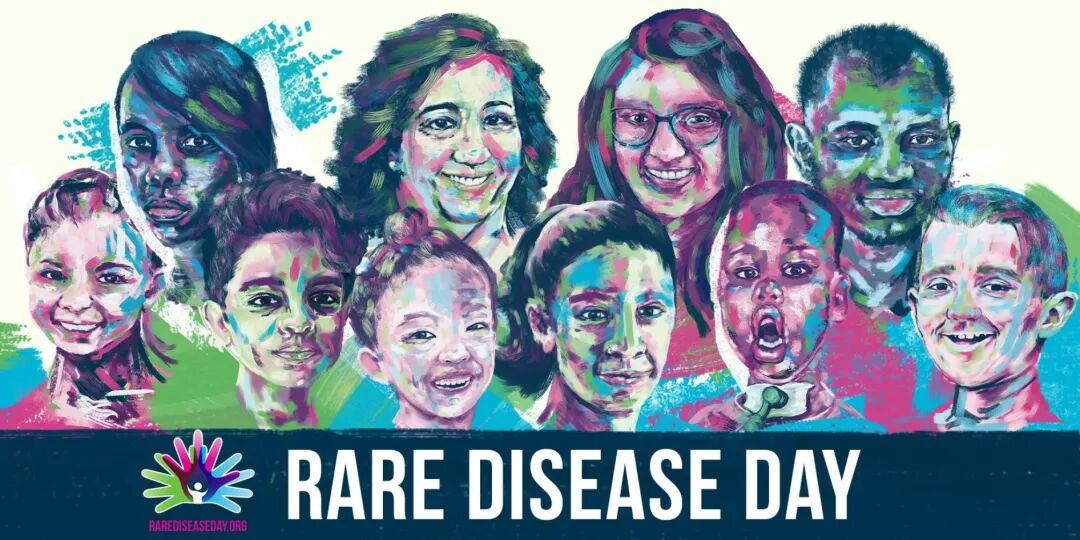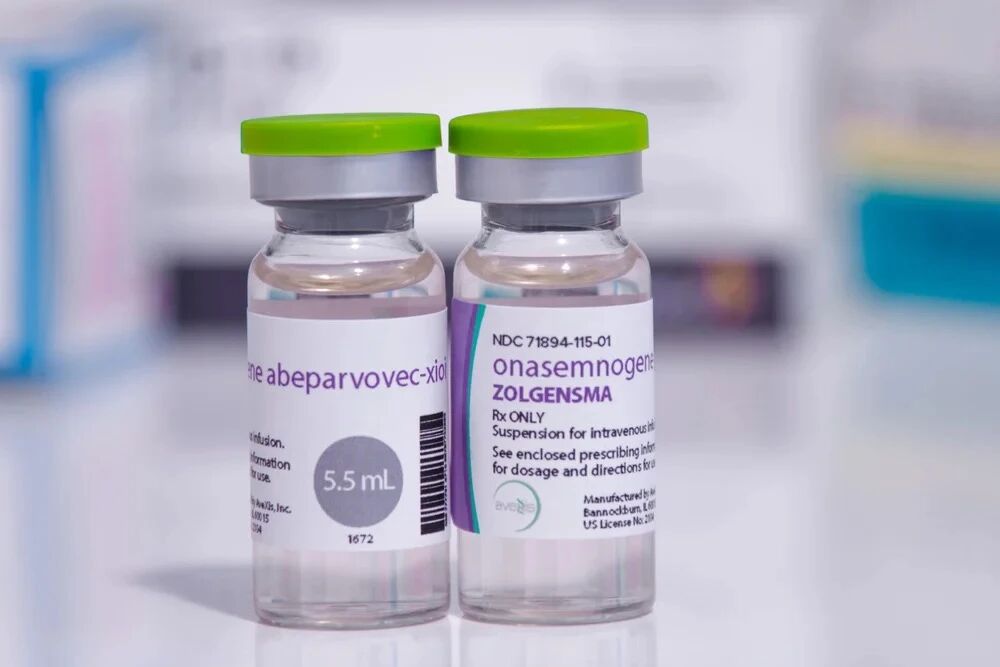- [课程通道] Gene Interference and Cat Allergen Silencing Research Project
- [课程通道]
- [科学少年] 2025-10-05
- [科学少年] 2025-10-02
- [科学少年] 2025-10-01
【JISA Interpretation】 The 16th International Rare Disease Day: How Far Are We from Treating Rare Diseases? 爱博物 2025-09-12

【Preface】
February 28, 2023, marks International Rare Disease Day. Today, Cold Teacher will discuss rare diseases, orphan drugs, and gene therapy with everyone.

The cover image depicts Facioscapulohumeral Muscular Dystrophy (FSHD)
What are rare diseases?
Literally, they refer to extremely uncommon diseases. According to the World Health Organization (WHO), a "rare disease" is defined as one with a prevalence rate of less than 0.65% or 1% of a country’s total population. The United States defines rare diseases as those affecting fewer than 200,000 people, while the European Union considers diseases with 2,000 or fewer patients as rare.
Globally, there are approximately 6,000 to 7,000 known rare diseases, affecting about 300 million people. Among these known rare diseases, cancers account for 11.1%, and infectious diseases make up about 2.6%.
The challenges of rare diseases lie in two main aspects: diagnosis and treatment.
A doctor might encounter only a few rare diseases in their entire career, and many rare diseases present symptoms similar to other illnesses, making accurate diagnosis difficult. Misdiagnosis is common, and many rare disease patients experience delays in initial diagnosis, often referred to as "mysterious illnesses" in media reports.
About 72% of rare diseases are genetic, while the rest are caused by infections, allergies, environmental factors, or rare cancers. This means that early whole-genome sequencing can effectively detect and diagnose rare diseases in a timely manner. By "early," I mean before symptoms appear, rather than seeking genomic support for diagnosis after the disease has manifested. Early detection of many diseases can lead to entirely different outcomes. Seventy percent of genetic rare diseases begin in childhood, and 30% of affected children pass away before the age of 5.
Even more challenging than diagnosis is treatment after diagnosis.
In the 1970s, there were fewer than 10 drugs on the market targeting rare diseases. To date, the FDA has approved fewer than 1,000 orphan drugs for rare diseases. Given that there are 6,000 to 7,000 types of rare diseases, the vast majority remain without effective treatments.
Even for the few rare diseases with available treatments, not everyone can afford these orphan drugs. Rare diseases often struggle to recruit enough patients for clinical trials, and the demand for such drugs is far lower than for common diseases. As a result, the high research and development costs are difficult to recoup, leading pharmaceutical companies to abandon these efforts. This creates a situation where treatments for rare diseases are exceedingly scarce.
Although many countries have since promoted legislation for orphan drugs, a significant number of these drugs remain exorbitantly priced. For example, the world’s most expensive drug is still an orphan drug. The price of Zolgensma, at 13 million USD, is daunting.

In the future, as gene therapy matures, more genetic rare diseases may be overcome. However, addressing the sky-high research, development, and treatment costs remains a major challenge.
From certain perspectives, the increasing number of rare diseases reflects the continuous progress of human medicine. When the number of rare diseases decreases again, it will signify a new breakthrough in human medicine.
Currently, JISA Academy offers two different gene therapy research projects, providing students with hands-on opportunities to participate and learn. One is the highly popular CRISPR gene editing therapy technology, and the other employs RNAi gene silencing therapy technology. Both are among the most cutting-edge gene therapy tools available today.
For more information, please contact the iBOWU advisor
Teacher Zhang: 13910908618 (also WeChat ID)
Teacher Zha: 13910312020 (also WeChat ID)
About iBOWU · JISA Academy
JISA Academy™ is China’s first youth science academy initiated by non-governmental forces. Launched by iBOWU, a well-known platform for youth scientific research and academic projects in China, it aims to provide high-quality scientific practice platforms for Chinese youth.
JISA Academy has received investments from BGI Group and TAL Education Group’s industry fund. Leveraging strong scientific and capital backing, JISA Academy has gathered dozens of multidisciplinary frontline scientists and partnered with dozens of university and research laboratory resources across China, the United States, Denmark, Norway, Singapore, Australia, and other countries. It is dedicated to offering high-end STEM advanced academic projects and elite training programs for students, striving to cultivate the scientific spirit of Chinese youth and contribute to the reserve of scientific and technological talent for China and the world.



